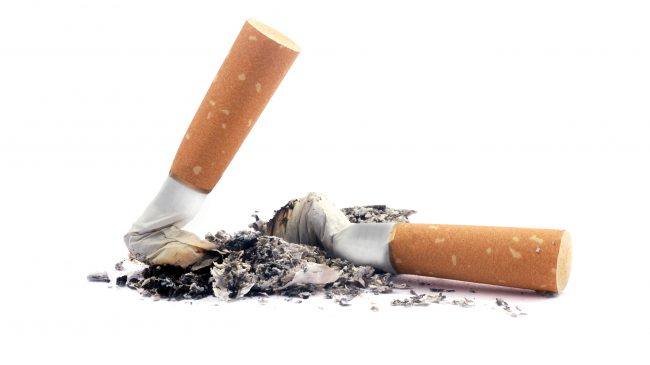The Food and Drug Administration is taking the first step down a regulatory road that ends with the prohibition of what we know as the modern-day cigarette. A public consultation on slashing nicotine in cigarettes to minimally addictive or non-addictive levels marks the latest development in FDA Commissioner Scott Gottlieb’s plan to fundamentally reevaluate society’s relationship with nicotine.
The policy logic is simple. If the substance that hooks and keeps people smoking, namely nicotine, can be cut to non-addictive levels, smokers will either quit or switch to safer nicotine delivery systems such as e-cigarettes. An FDA funded study published in the New England Journal of Medicine (NEJM) claims the policy will result in an additional 5 million smokers quitting in the first year alone.
If this sounds too good to be true, that’s because it almost certainly is. The study’s conclusions are based on soliciting the views of eight experts with publication records on relevant topics. They were asked to “provide estimates of the anticipated effects of a hypothetical policy that would require the reduction of nicotine in cigarettes to minimally addictive levels.” In other words, these miraculous public-health benefits are derived from eight widely varying guesstimates of the effects of an unprecedented, untested, hypothetical policy. A charitable interpretation of the study would be to consider it yet another example of “policy-based evidence” — where a policy is proposed and evidence is created to support its implementation.
Should the FDA decide to cut nicotine in cigarettes to the kinds of levels used in the NEJM study (0.4mg), the result would not be a simple product reformulation but a prohibition of an addictive product. This is a product that is used by more than 37.8 million consumers producing $94.4 billion in sales in 2016.
Some may argue cutting nicotine in cigarettes doesn’t amount to a prohibition. But consider what would happen if the government mandated that the alcohol content of liquor be reduced to 1 percent. No one would seriously consider the resulting product “liquor,” whatever other superficial resemblances it might still have to the original. Some drinkers would likely quit liquor altogether or switch to an alternative alcoholic beverage. But it would be naive to assume that a large portion of them wouldn’t seek out their favored booze through illegal channels, an experience with which this country is all too familiar.
The same would be true for dramatic cuts to nicotine in cigarettes. The primary appeal of cigarettes is their ability to deliver large amounts of nicotine quickly and satisfactorily. While plenty of smokers have switched to less harmful alternatives in recent years, many have not — in part because some of the alternatives currently available are not adequate substitutes for a large portion of smokers.
Mandating dramatic reductions in the nicotine content of cigarettes puts the cart before the horse: In the absence of effective alternatives, smokers won’t give up lightly. So this policy would not necessarily stop people from using nicotine but instead produce a minefield of unintended consequences. Rather than immediate and dramatic cuts in smoking rates, we could see mass stockpiling of the old product, continuing online purchases, illicit cross-border trade, counterfeit production, and consumers finding their own ways to add nicotine to the new low-nicotine cigarettes in totally unregulated fashion.
The FDA’s own draft document on the possible black market effects of the policy candidly admits as much. “There is no way to determine with certainty the prevalence and extent to which an illicit market will occur,” it says. Prohibitions on this scale, particularly with an addictive product, carry huge risks with unknown — and currently unknowable — benefits.
The most appealing rationale for the policy is that it could prevent teens from getting hooked on cigarettes in the first place. But with high school smoking already in steep decline — falling to its lowest level on record at 8 percent in 2016 — it is hard to argue that this should be the primary motivation for a prohibition policy with so many potential unintended consequences.
Mr. Gottlieb has consistently voiced his commitment to providing a regulatory environment that reduces smoking while giving smokers seeking to quit the option of switching to safer nicotine products, such as e-cigarettes, smokeless tobacco, and heated tobacco products. Instead of adopting a potentially disastrous prohibition, FDA would do a greater service to public health by taking concrete steps to ensure safer alternatives to smoking can enter and remain on the market.
This column first appeared in RealClear Health.

